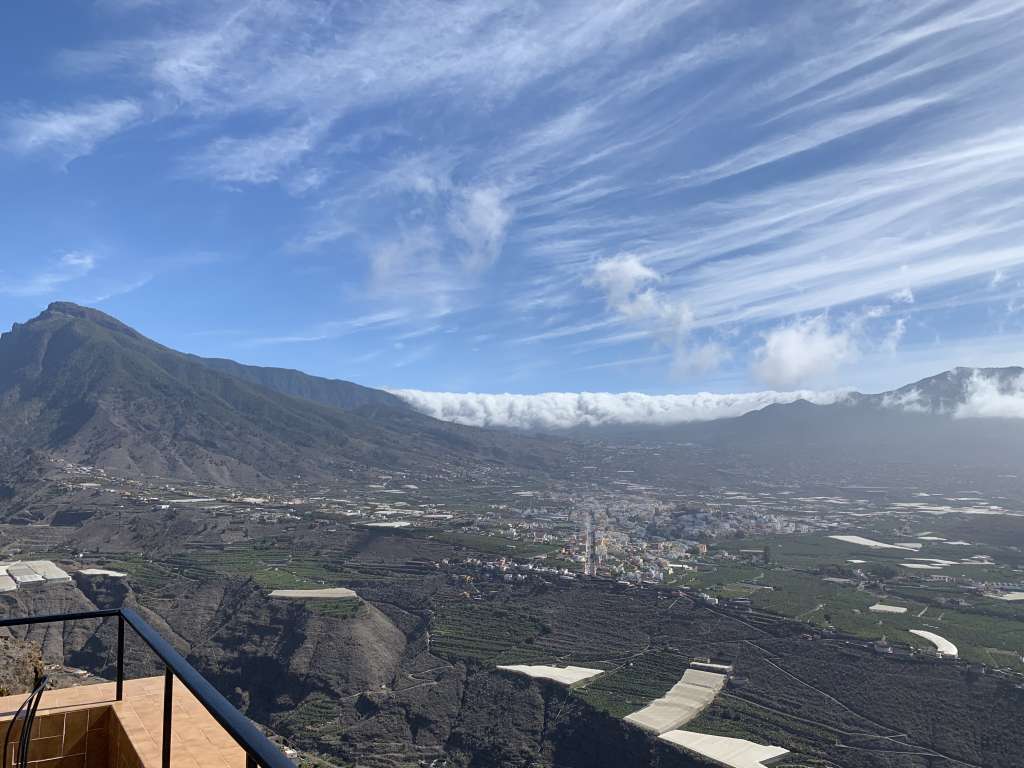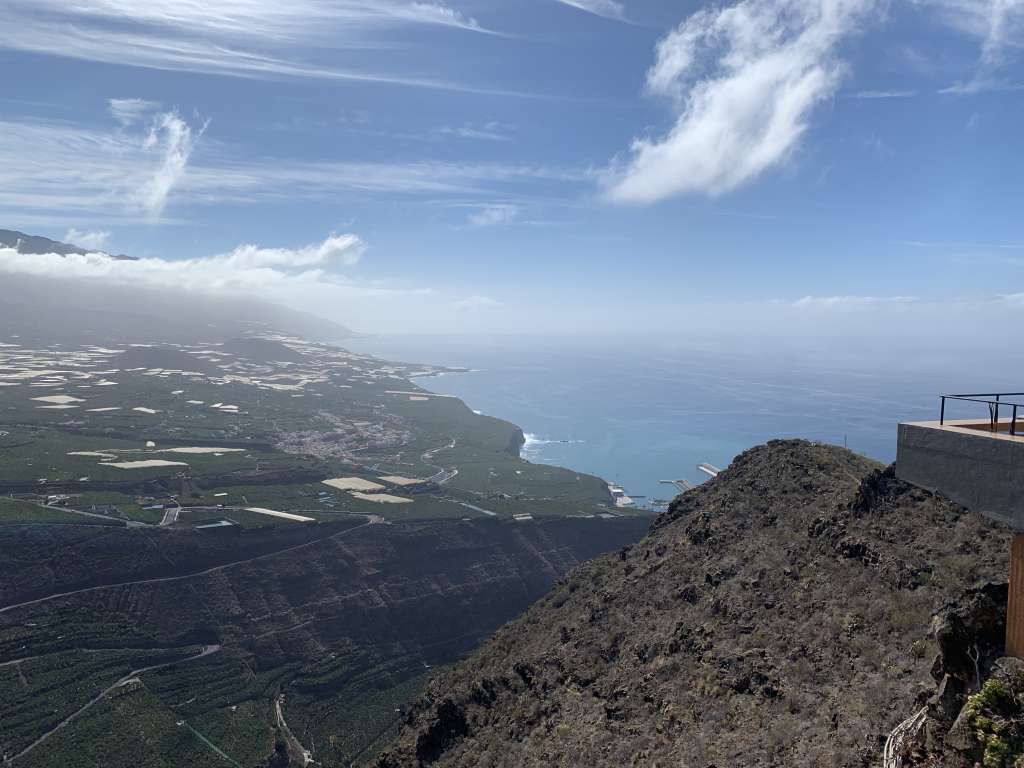Back in 2014 I arrived at La Palma as my first port of call when sailing Barada my Nicholson 32 sailing boat.
Earlier in 2007 I had visited the canaries but hadn’t sailed to the two outer islands of La Palma and El Hierro.
I left England east coast in 2014 via Cherbourg, Aber Wrac’h Brittany, Gijon, Ribadeo and Sada NW Spain and Madeira archipelago before arriving at La Palma.
Before I actually saw land I could see cumulus clouds in far distance surrounded by a clear blue sky. La Palma being a younger western volcanic island had lots of vegetation and pine forest to create its very own atmospheric clouds.
I choose La Palma‘s western harbour Tazacorte after research I had done about Santa Cruz eastern harbour. Santa Cruz is facing the easterly trade winds and they produce a surge in that harbour.
Tazacorte harbour is well protected from winds from all directions and few days later after my arrival there blow through strong north westerly winds and Barada reminded rock steady at her mooring.

At the highest point of the island is Roque de los Muchachos at over 2400metres which place it way above the lower laying clouds making an ideal location for astronomical observatories.
https://www.iac.es/en/observatorios-de-canarias/roque-de-los-muchachos-observatory
On one of my trips back to the UK when I had my sailing boat moored in Tazacorte I happen to speak to an English guy at the Airport departure gate. He told me he was an electrical technician at the two English observatories and any time I wanted to look around to give him a call.
A few months later I’d arranged to stay at a Finca on the north west part of La Palma which was run by an English couple.
High above the Finca you could just see the silver dome observatories on top Roque de las Muchachos.
Anne & David we’re keen to have look around the observatories and they knew the technician as well!
so we headed up for the day to visit the two observatories Issac Newton group.
It was a fabulous day out looking at the telescopic mirrors and getting a chance to walk on the observatory dome.
La Palma is great place if you love walking and the Spanish have system to mark the Camino paths with painted markers. Before modern tarmac roads were built the local people would of used the foot path Camino extensively to move around the island. As you can imagine the path ways are all rather steep so it helps if you’re in pretty good physical condition.

El Time is a name given by the original indigenous people of the canary island the Guanches. These were African Berber people and fair skinned. The Guanches had a Neolithic culture divided into several clans led by chiefs. Their name for La Palma was Benahoare.
During my last visit I had visited a number of the Guanches sacred spiritual sites to look at the stone petroglyphs. They always located these sites either by running water or with wonderful panoramic view points.
https://en.m.wikipedia.org/wiki/Petroglyph
El Time mirador has spectacular views overlooking the flattish land of Los Llanos de Aridane. This was another ancient sacred site of the Gaunches.


The Canary Islands was colonised in the late 1400’s by the Spanish conquistadors who took control of the island over a number years from the indigenous Guanches. Gran Canaria was most difficult island to conquer but it paved the way for the Spanish as blue print in how to subjugated peoples of foreign lands especially the America’s.
https://en.m.wikipedia.org/wiki/Canary_Islands_in_pre-colonial_times

The western side of the island has vast banana plantations they stretch as far as the eye can see.

